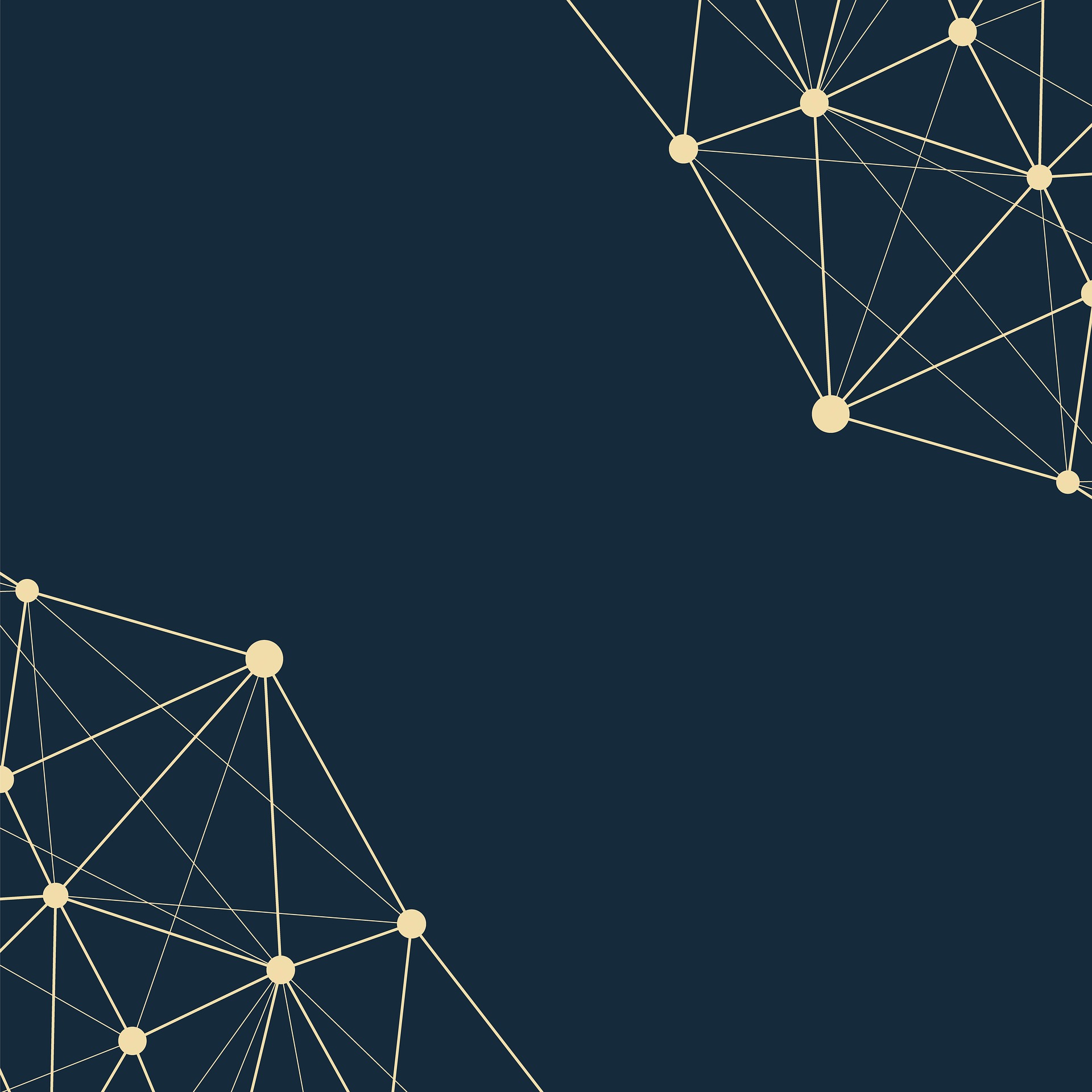In this post…
When it comes to improving workflows, productivity, and billing, most people agree that task management and time tracking are the two most utilized features. Task management guides us through the details of getting the project completed. And time tracking captures the hours the project required.
Some agencies, however, will only utilize one of the two — or they may use both methods, but manage them separately using two different apps. When both features are used together, however, tracking time on each task will unlock a trove of benefits that will take your business to another level of productivity and profitability. In this post we’ll cover the three greatest benefits we’ve seen.
Reason 1
Believable estimates
Estimating projects is hard. The most accurate way to do it is to break down the requirements into smaller components. Then estimate each one and sum them up. But, even that method can be off by a 20% margin. The most effective way to improve the accuracy of the estimate is to reference real historical data.
If you’ve been tracking time against tasks, the data is just a few clicks away. Knowing exactly how much time a task took to complete will inform how many hours a similar task will require. The more projects you build, the more accurate your estimates become with each iteration. When using this method, we’ve seen project estimates reduced to within a 5% margin. The more accurate the estimate, the more profitable the project.
Reason 2
Haggle-proof billing
It’s not uncommon for clients to question their billing. They may want to know why phase one cost considerably more than phase two, or why their monthly retainer ran out in one week. If you can’t back up your billing, you may be asked to apply a discount. When you track time at the task level, you can avoid these awkward conversations and address 99% of their concerns with just a few clicks.
All it takes is one detailed report, listing the hours and rates each task required, to show the client exactly where their budget is being spent and how quickly minutes add up into hours. This type of report is a time-saving layer of transparency when working with clients on monthly retainers, because it quantifies the billing for each request they make.
Reason 3
Realistic deadlines
Clients will always want to know how much a project will cost and how long it will take to complete. Cost is typically addressed up front, but questions about deadlines will continue to come up for the remainder of the project. Clients will want to know what percentage of the project has been completed, and how close you are to being done.
The ability to calculate how much time is left on a project requires you to know how much time has already been spent. Again, data is your best ally in this scenario. When each task is accurately estimated from the beginning, you can more accurately calculate the project’s overall percentage of completion. And from that you can confidently deduce whether or not you’ll be finished by the deadline.
How to apply this methodology at your agency
The most effective way to consolidate your task management and time tracking efforts is to adopt software that does it for you. Intervals was the first, and still is one of the few, online applications that intentionally and intuitively combine these two powerful features.
We recommend creating a free 30 day trial account and giving it a try to see if it works for you.




